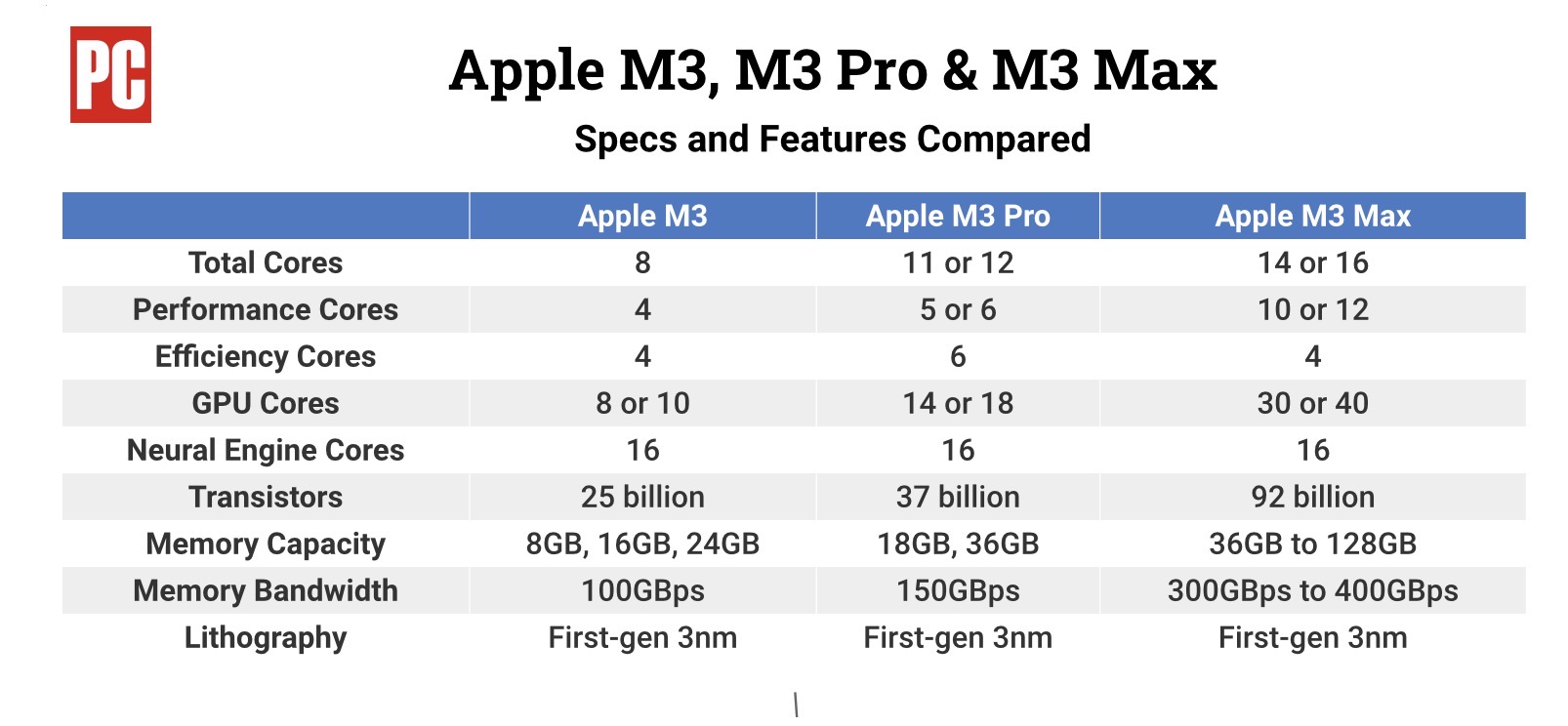
PCMag Tests Apple’s Breakthrough M3 Graphics for Gaming
PCMag’s detailed exploration into Apple’s M3 graphics has revealed major strides for gaming on Macs, shedding light on how the newest Apple silicon enhances the gaming experience.

Arriving in late 2023, Apple introduced the M3, M3 Pro, and M3 Max chips for the newest MacBook Pro models, boasting a cutting-edge 3-nanometer manufacturing process.
These chips incorporate a revamped GPU featuring hardware-accelerated ray tracing and mesh shading, along with 40 GPU cores and support for up to 192GB of memory.
Unlike previous releases, Apple launched the entire M3 chip range simultaneously with the latest MacBook Pro lineup.
While initial reviews covered the individual MacBooks and iMac equipped with M3, a deeper examination focused on Apple’s advancements in graphics, particularly gaming.

Apple’s graphics processing has undergone a significant change with the introduction of dynamic caching, optimizing memory allocation for GPU functions, resulting in improved memory utilization for developers.
The addition of ray tracing and mesh shading in the new GPUs promises heightened realism in gaming graphics.
Utilizing the 3nm process, these M3 processors pack transistors densely, amplifying transistor count, GPU cores, memory bandwidth, and energy efficiency.
However, no games currently support hardware-accelerated ray tracing, and the titles that will may not excite PC gamers: One, Layers of Fear, from game studio Bloober, was first released in 2016, and will get ray tracing sometime in the future.
So are M3’s graphics gains worth an upgrade?
Despite the improved graphics and expanding games library, Macs aren’t yet on par with gaming laptops. Until broader game support arrives, recommending Macs solely for gaming remains challenging.
For performance benchmarks and in-depth gaming tests, visit the source page.

